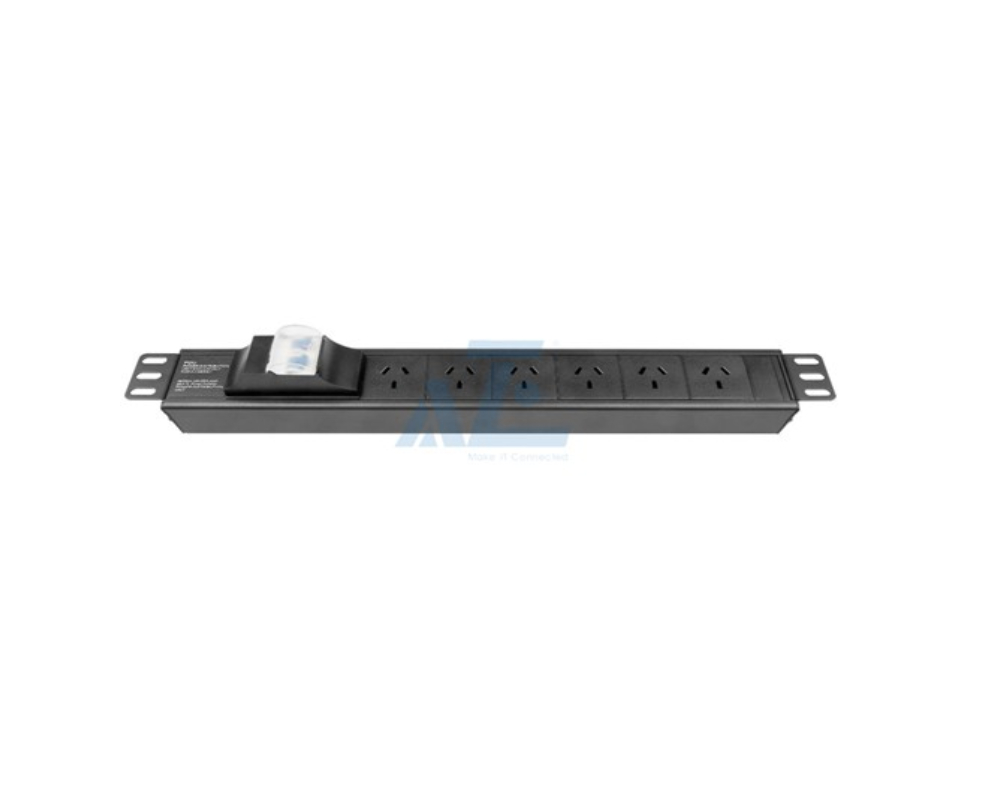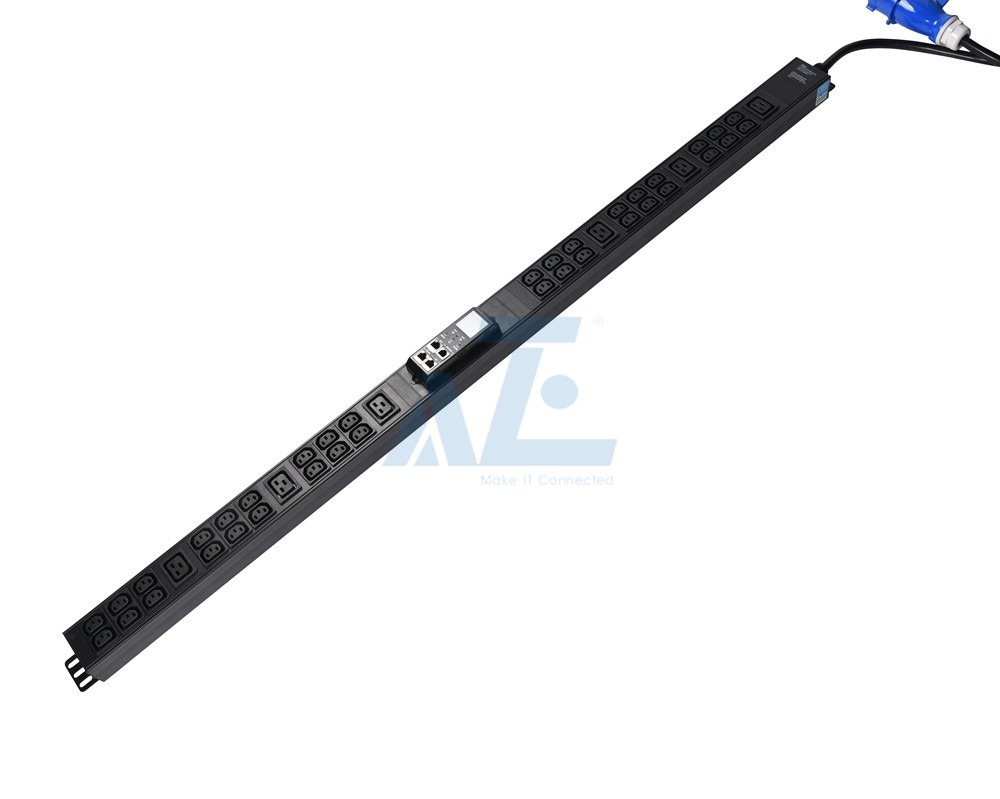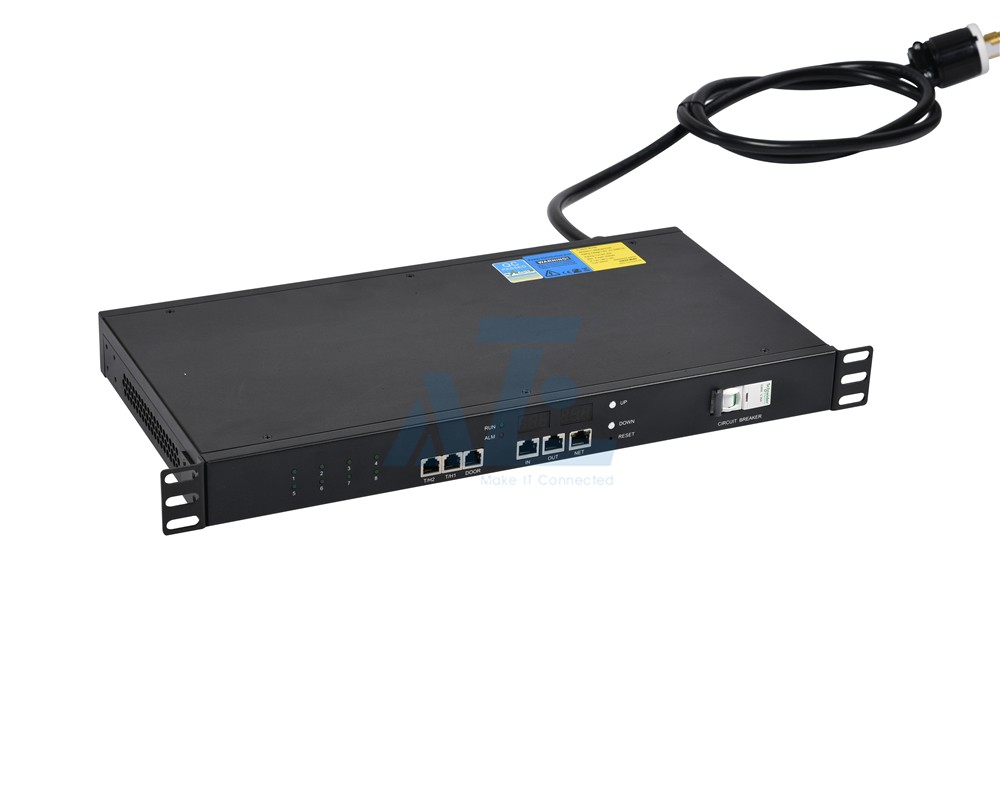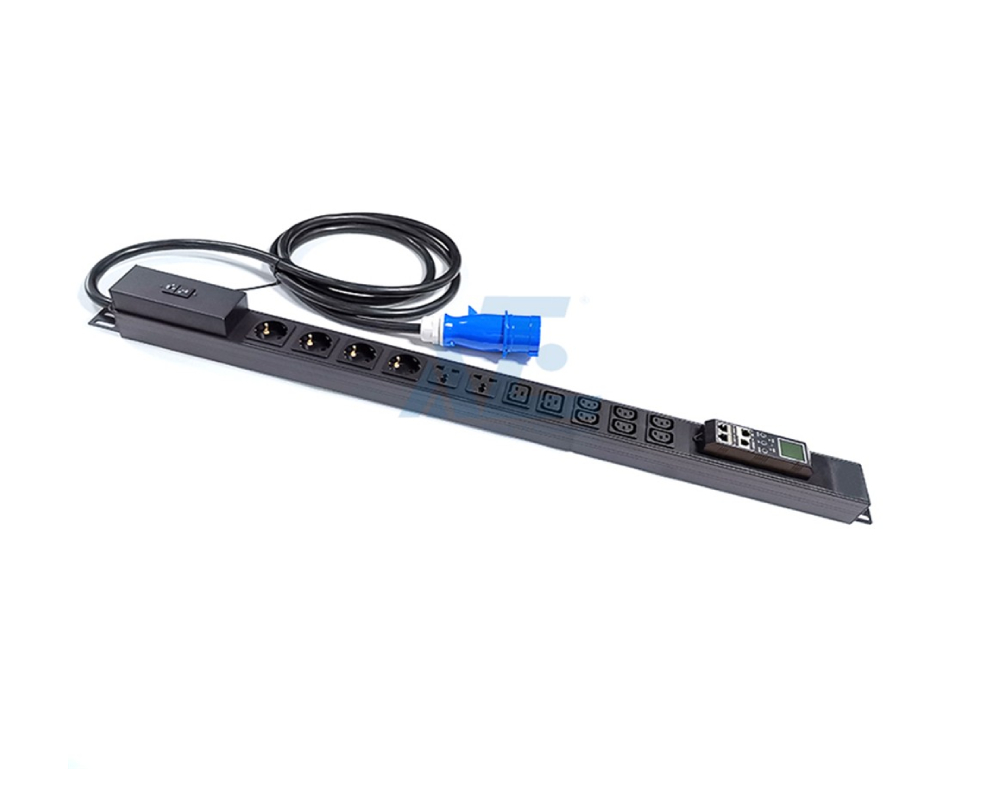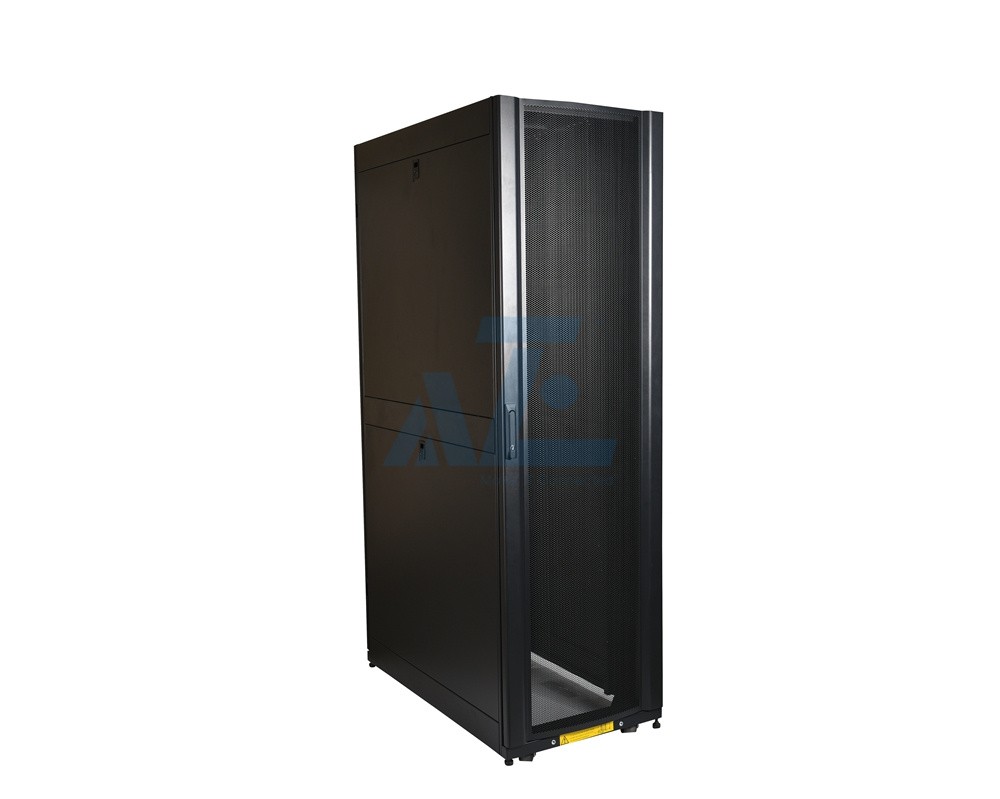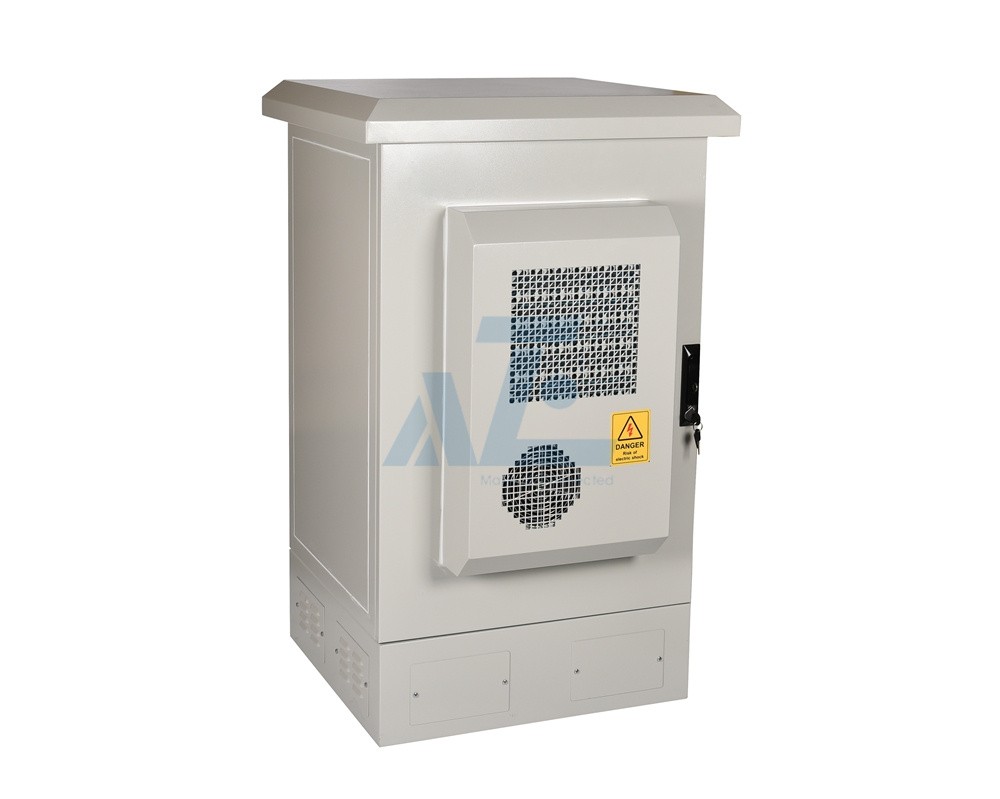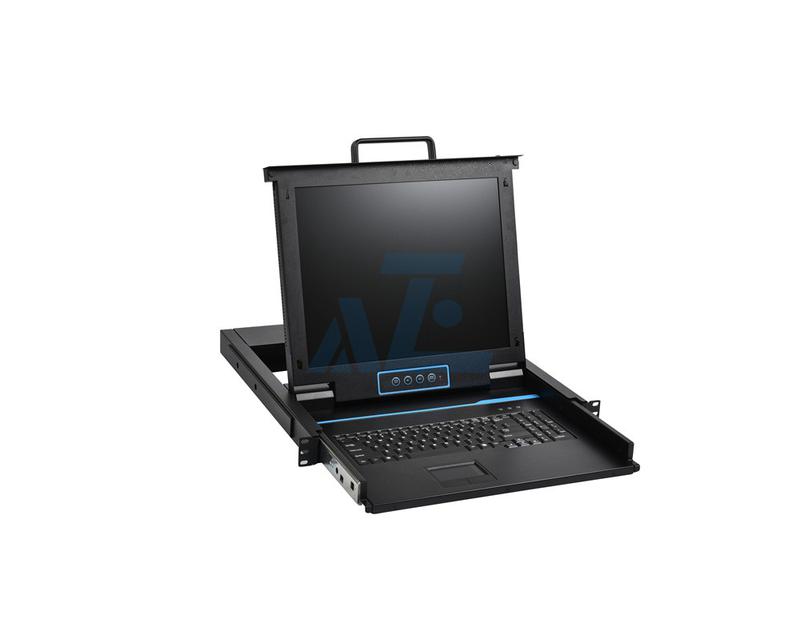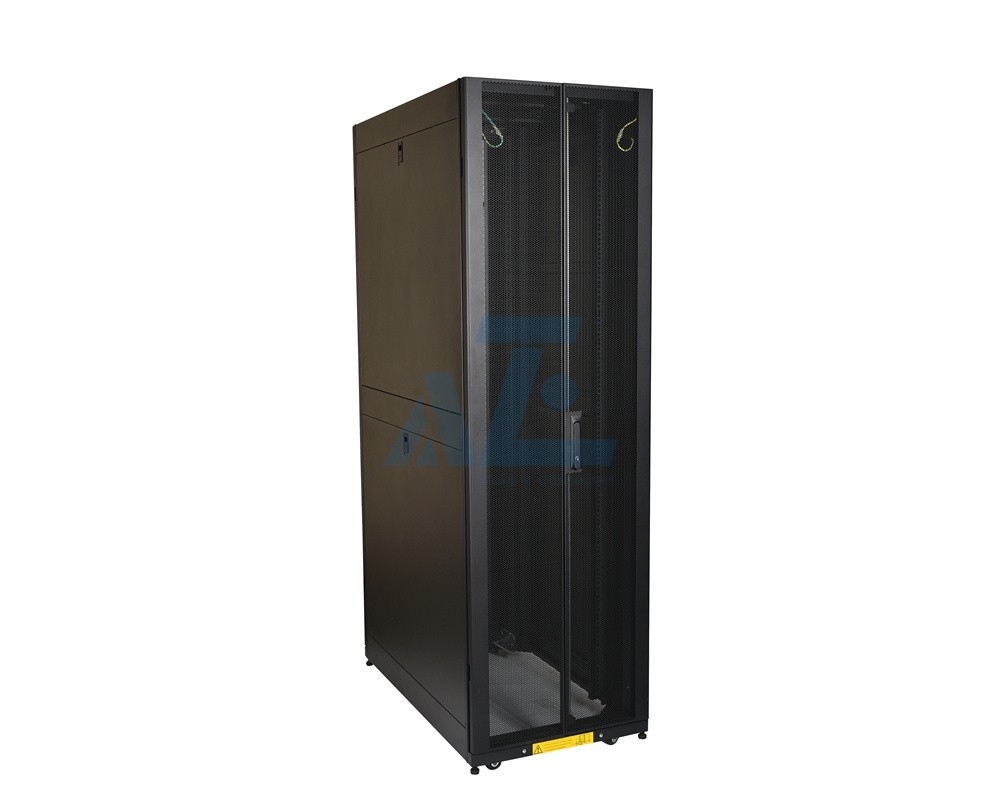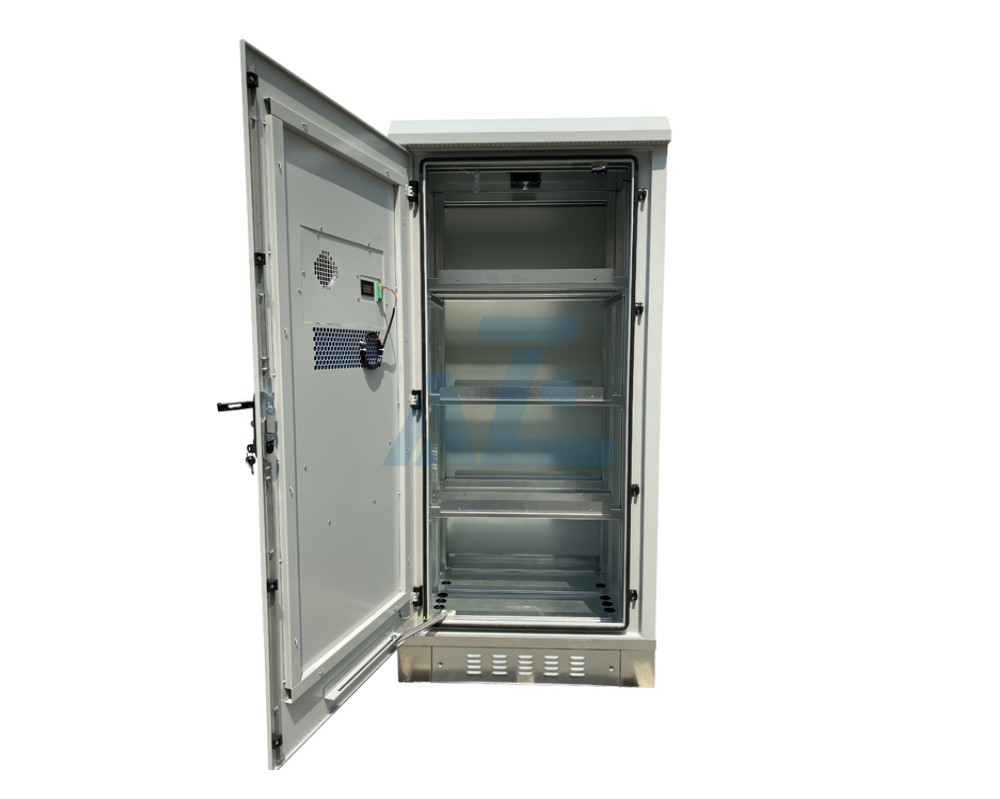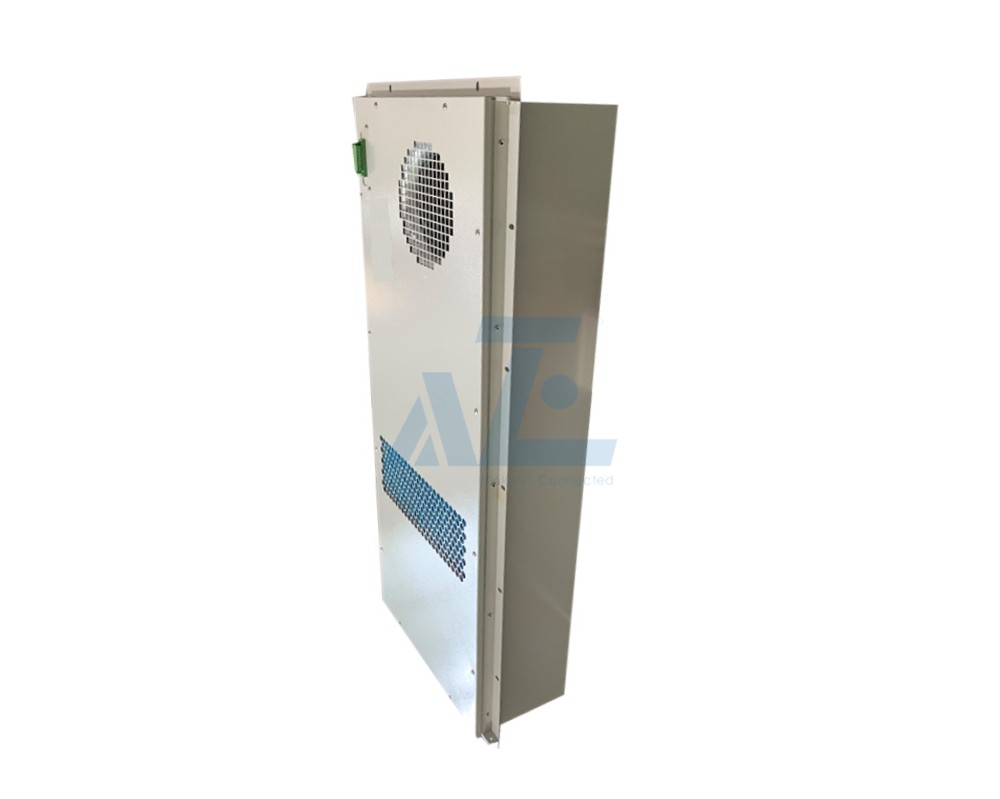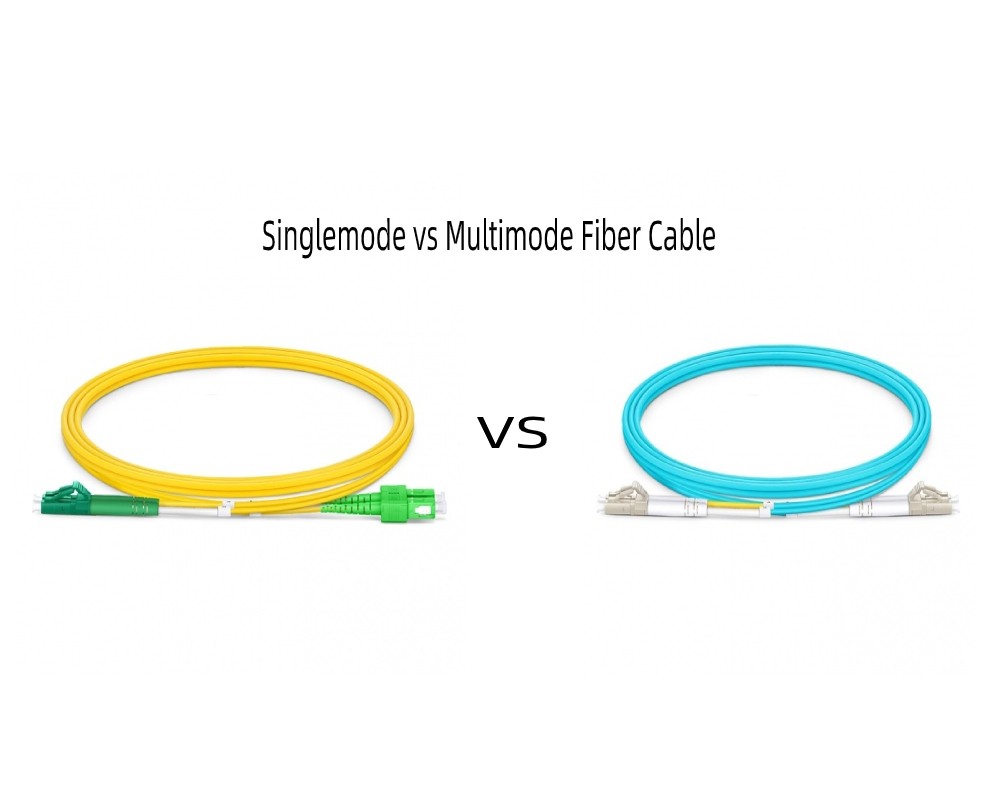Rack PDU Components Explain-Power Cord Types,Plugs, Connectors
Rack PDU Components Explain-Power Cord Types,Plugs, Connectors
Aug 30 , 2021Power distribution units (PDUs) are an essential part of the IT infrastructure, PDUs bring electricity from a utility power source, generator, or uninterruptible power supply (UPS) to the racks and cabinets distributed throughout the data center.
- Some PDUs are designed to mount horizontally in a rack, while others mount vertically in the “zero U” space of the enclosure.
- There are specific PDUs for single-phase and three-phase power sources and different voltages.
- Metered PDUs measure the amperage to prevent overloading. This can be done at an individual outlet level or collectively.
- “Smart” PDUs (also known as “intelligent” PDUs) connect to the network to enable remote monitoring of input and output voltage, amperage, kilowatts consumed, and other information.
- Switched PDUs allow administrators to control outlets collectively or individually.
PDUs also have different types of plugs, receptacles, and power cords to meet various requirements. A basic understanding of these components is essential to selecting the right PDU for your environment.
PDU Plug or Input Connector Types
One of the first things to determine when choosing a PDU is what PDU connector or plug types your configuration calls for. Input connectors, or plugs, attach the PDU to the input power source. In essence, the PDU plug needs to match the receptacle. The International Electrotechnical Commission (IEC) and National Electrical Manufacturers Association (NEMA) have established standards for plug and receptacle types, which are designated by codes.
- IEC 60320 are some of the most commonly used connectors. These include the C13, C14, C19, and C20 plugs.
- IEC 60309 connectors are used in industrial environments. They are designated by the configuration of pole (P), earth/ground (E) and neutral pins — for example, 2P+E, 3P+E and 3P+N+E. Yellow fittings are generally for 100V to 130V, blue for 200V to 250V, and red for 380V to 480V.
- NEMA connectors are designated by P for plug and R for receptacle (socket). Common types of plugs are 5-15P and 5-20P, L5-20P and L5-30P, L6-20P and L6-30P, L15-20P and L15-30P, and L21-20P and L-30P. The L indicates a locking plug.
- A Hubbell CS8365C plug is a proprietary locking connector manufactured by Hubbell, Inc.
For reference we’ve included the following chart to help you visually confirm input and output plug/receptacle options:
* 5-15P can plug into 5-20R
R = Receptacle, P = Plug, L = Locking
For the number before the hyphen:
5 = 125V, two-pole, three-wire (grounded)
6 = 250V, two-pole, three-wire (grounded)
14 = 125/250V, three-pole, four-wire (grounded)
The number after the hyphen indicates the amperage. For example, the L5-30R is a 30A receptacle.
| 5-15R  | 5-15P  | 5-20R  | 5-20P  |
| L5-30R  | L5-30P  | 6-15R  | 6-15P  |
| L6-20R  | L6-20P  | L5-20R  | L5-20P  |
| IEC-320-C13 (female)  | IEC-320-C14 (male)  | IEC-320-C19 (female)  | IEC-320-C20 (male)  |
| IEC-309, 16A  | IEC-309, 32A  |
All outlets or receptacles have a NEMA (National Electrical Manufacturers Association) number that should be referred to when selecting the receptacle, and are required to avoid any confusion as to what it is you need.
These NEMA designations are designed to prevent the wrong combination of electrical systems from being connected together, thereby avoiding potentially hazardous conditions.The most important thing to remember is that the rating of the outlet, the size of the wire used to feed the outlet, and the breaker must all be matched.


This table shows the type of outlet or receptacle, the NEMA number, the correct wire size, wire colors, and the size of breaker used to feed the outlet, and where the outlet may be found throughout the home or shop.
| Type | NEMA # | Wire size | Wire colors | Breaker size / type | Use |
| 15A 125V | 5-15R | 2c #14 AWG | Black (or red), white, green or bare copper | 15A 1P | Convenience outlets throughout the home |
| 15/20A 125V | 5-20R | 2c #12 AWG | Black (or red), white, green or bare copper | 20A 1P | Kitchens, basement, bathroom, outdoors |
| 30A 125/250V | 14-30R | 3c #10 AWG | Black, red, white, green or bare copper | 30A 2P | Electric clothes dryer outlet |
| 50A 125/250V | 14-50R | 3c #8 AWG | Black, red, white, green or bare copper | 40A 2P | Electric range outlet |
| 15A 250V | 6-15R | 2c #14 AWG | Black, red, green or bare copper | 15A 2P | Large pressure washer |
| 20A 250V | 6-20R | 2c #12 AWG | Black, red, green or bare copper | 20A 2P | Large air compressor |
| 30A 250V | 6-30R | 2c #10 AWG | Black, red, green or bare copper | 30A 2P | Arc Welder |
The choice of PDU plug — and the PDU itself — also depends upon whether the power is single-phase or three-phase. Most office buildings use single-phase power, while larger data centers and industrial facilities use three-phase power.
Know your North American receptacles
In North American markets, most facilities utilize plugs and receptacles conforming to standards established by the National Electrical Manufacturer’s Association (NEMA), which uses a smart code to define what each part number represents. If you know the part number of your connector, you can find its voltage and amperage ratings. Always check with your local electrician to verify proper wiring and installation.

A common question from IT managers is, “I have a receptacle at my facility; what is the biggest UPS can I connect to it?” If you’re looking at UPSs 6 kVA or lower, it’s a pretty straight forward question to answer as shown below:

PDU Receptacle or Outlet Types
Choosing the right PDU outlet or receptacle types is also an important consideration when choosing a PDU. It’s often necessary to power both 120V IT devices as well as more demanding servers. As a result, many PDUs have multiple NEMA 5-15R and 5-20R receptacles. Some have combinations of NEMA L5-30R and L6-30R and IEC 60320 receptacles. Before ordering a PDU, you should determine the type and number of plugs of the equipment in the rack and configure the PDU accordingly. It’s good to have extra receptacles for expansion, as long as the PDU isn’t overloaded.
More On PDU Power Cord Types
The last piece of the PDU puzzle is PDU power cord size. Input PDU power cords (also known as PDU whips) typically range from 10 to 15 feet and have a heavy-duty construction for safety and durability. Output PDU power cords (also known as jumper cords) lengths can vary from 1 to 15 feet. The most important thing to consider when choosing both input and output PDU power cords (outside of plug types) is the amperage and voltage they support. Input cables need to sufficiently handle the power generated from the main power source and the output cables need to support the power draw coming from each individual device to maintain efficient performance and safety.
The diameter of the power cord determines the amperage it supports. In the United States, diameter is commonly measured in terms of American Wire Gauge (AWG). Internationally, diameter is measured in square millimeters (mm2). With AWG, the lower the number, the thicker the cord is and the higher the amperage it supports. For example, three-phase power cords are thicker and heavier than single-phase cords. Input PDU power cords (PDU whips) typically range from 10-4 AWG and output PDU power cords (jumper cords) typically range from 18-14 AWG.
Looking for rack PDUs for your project needs?
Basic Rack PDU Metered Rack PDU Outlet Metered & Switched PDU
From data center to outdoor telecom infrastructure products, AZE has the right product for you. AZE designs and manufactures Server Racks and Enclosures, Outdoor Telecom Cabinets and Electronic Enclosures, Power Distribution (Basic Rack PDUs and Smart PDUs), KVM Switches and Fiber optics products to globe customers in the market.
Make IT Connected, AZE can support you to make IT happen with affordable cost.
Contact AZE to customize your rack PDUs in the project.
Related Products
Related Article
KVM Switches Frequently Asked Questions
Frequently Asked Questions for the KVM switches
Server Rack Enclosure Cabinet Buying Guide
How to select a right server rack cabinet enclosure
What is IP55 Outdoor waterproof Enclosure
What is IP55 Outdoor waterproof or weatherproof electrical Enclosure?
NEMA Outdoor Telecom Enclosures Solutions
NEMA 4,NEMA 4 Rated Outdoor Telecom Enclosures Solutions Provider
Outdoor Cabinet Enclosure Air Conditioner
Outdoor cabinet air conditioners keep your equipment cool outside
How to Choose Singlemode or Multimode Fiber Cable
Fiber Optic Cable Types: Singlemode vs Multimode Fiber Cable

